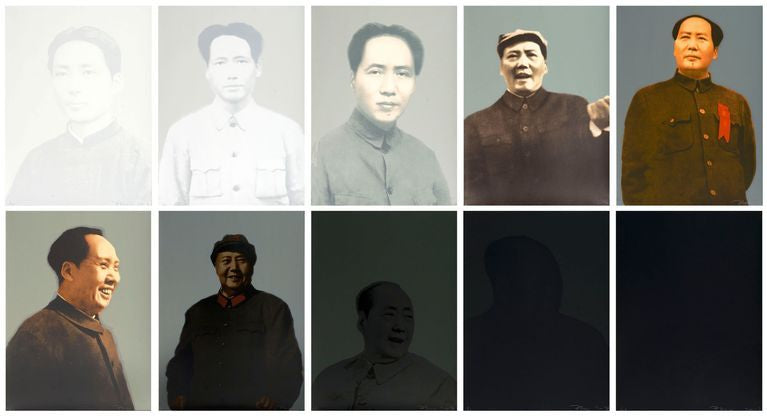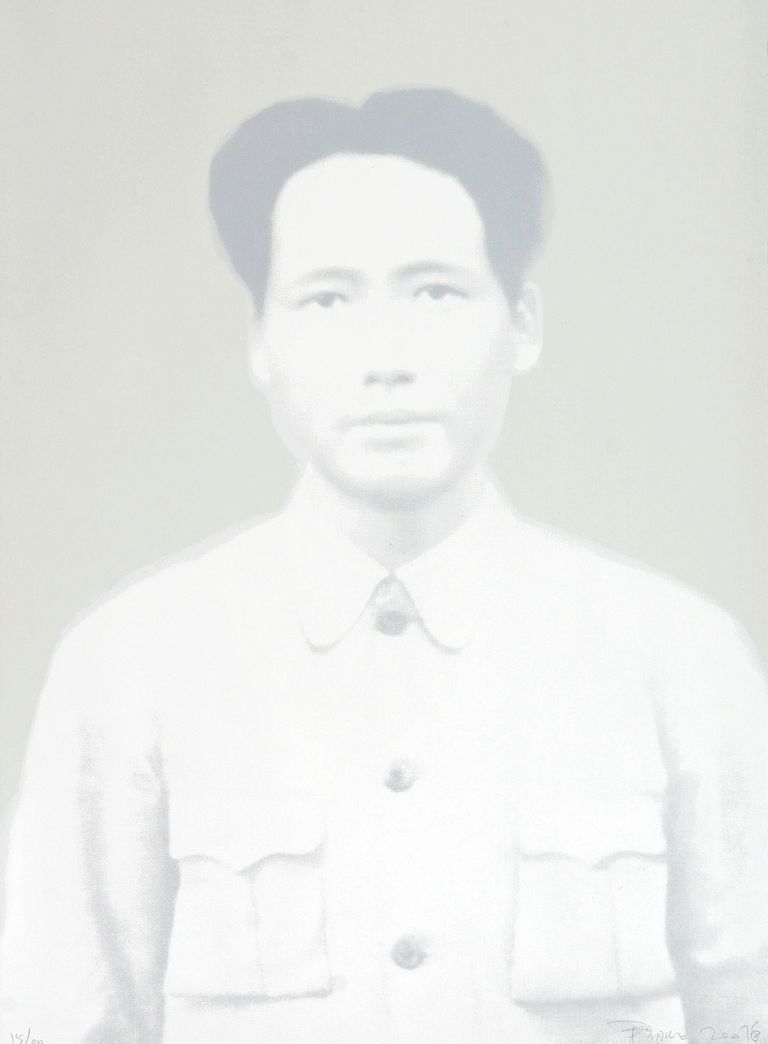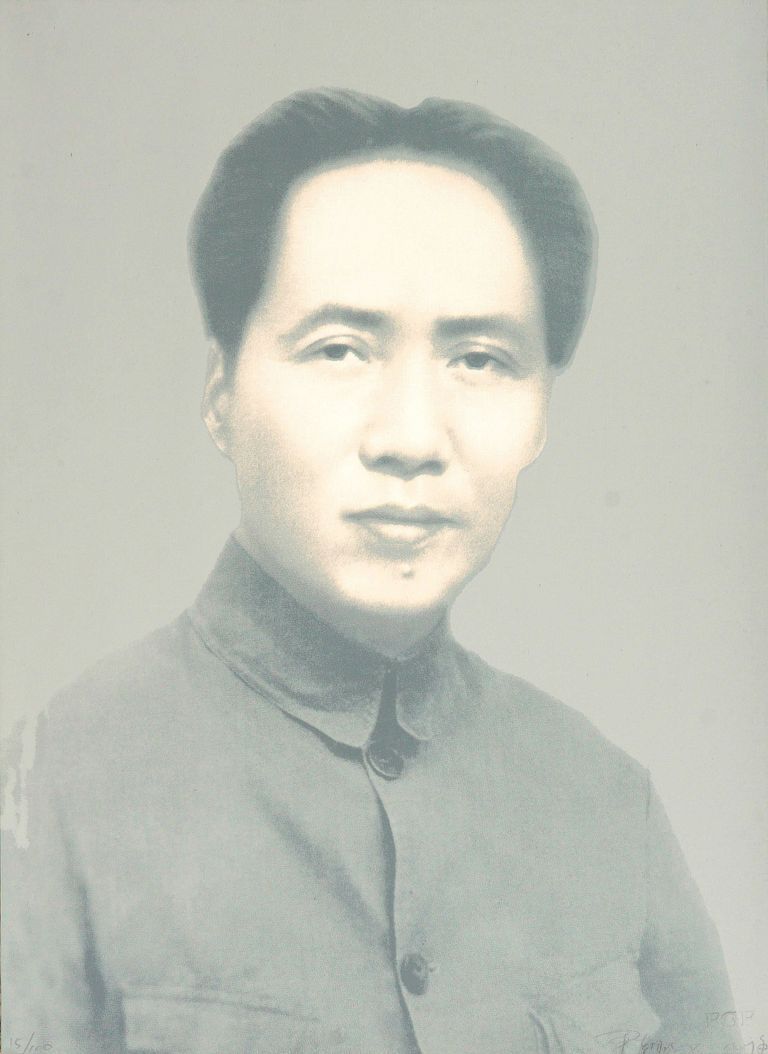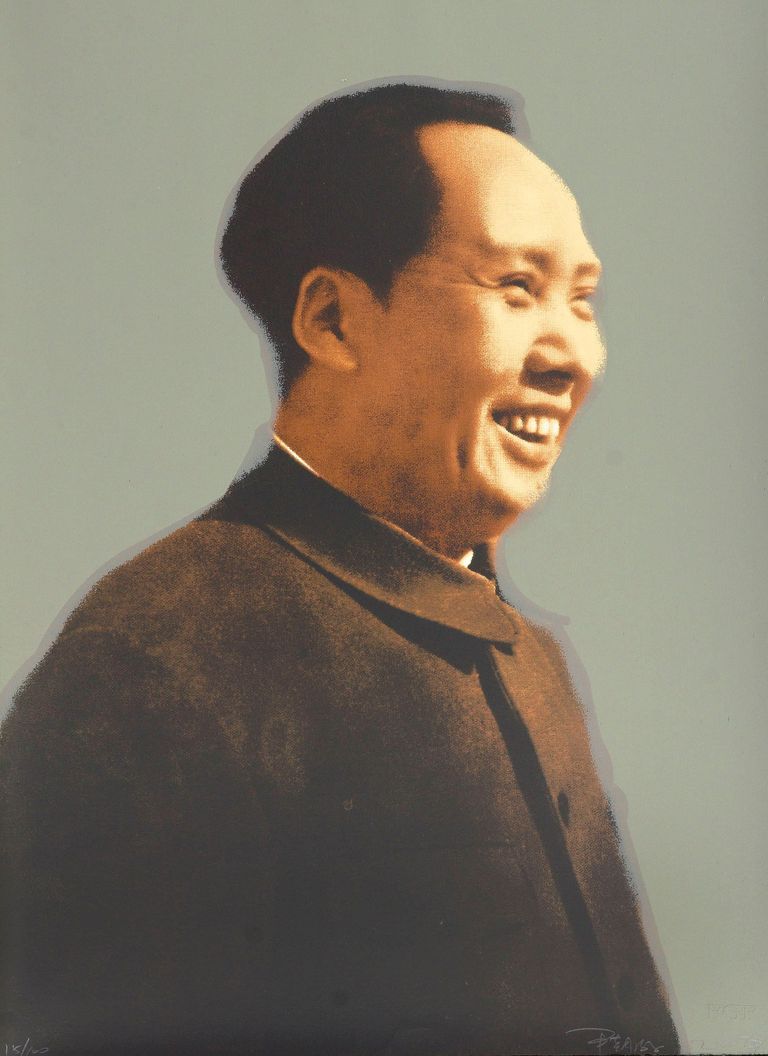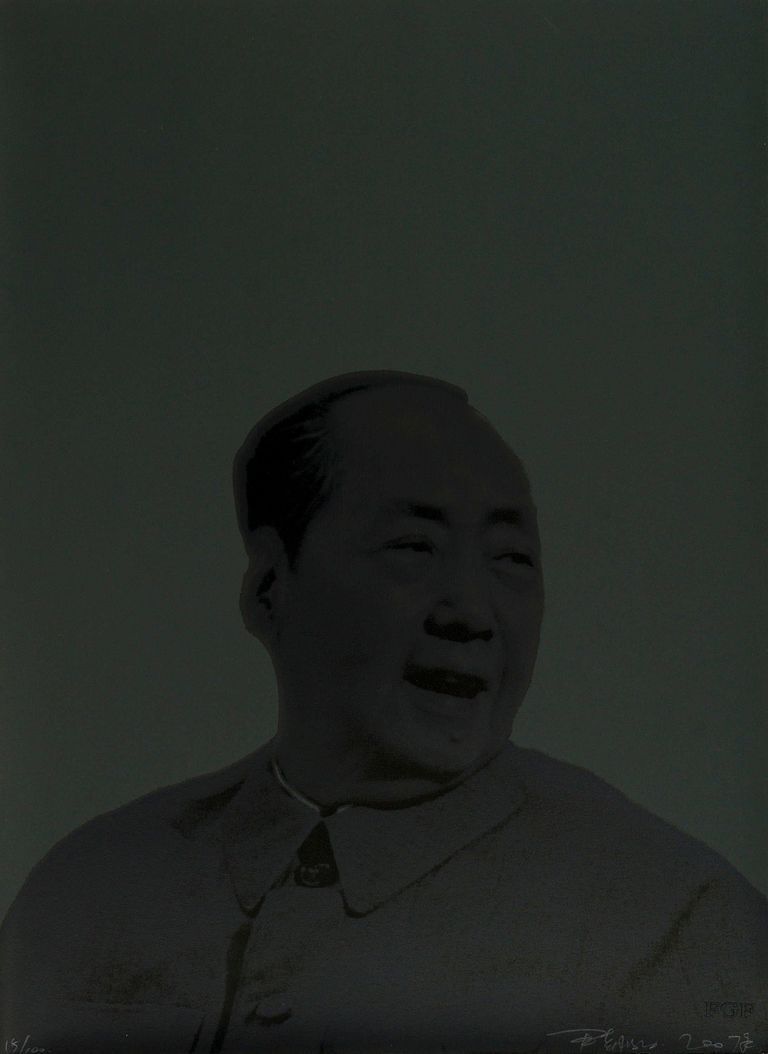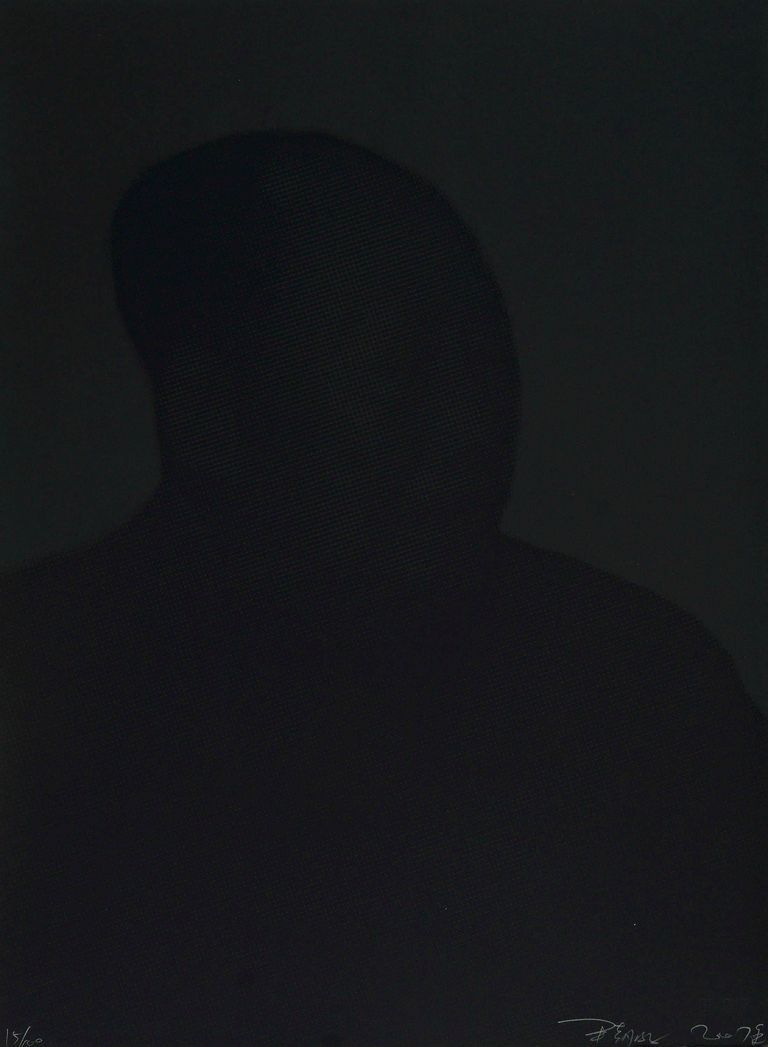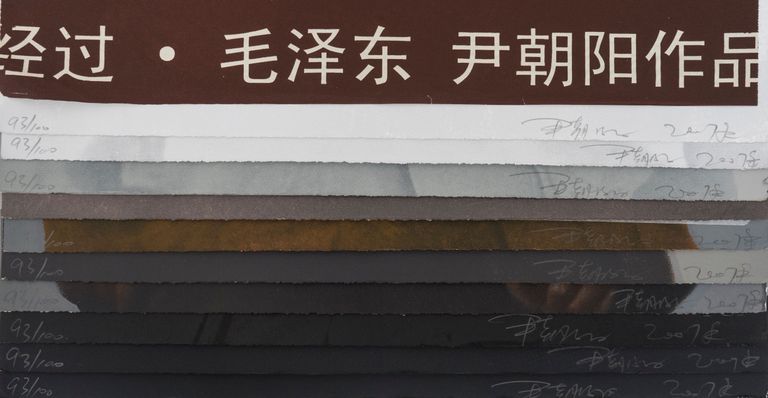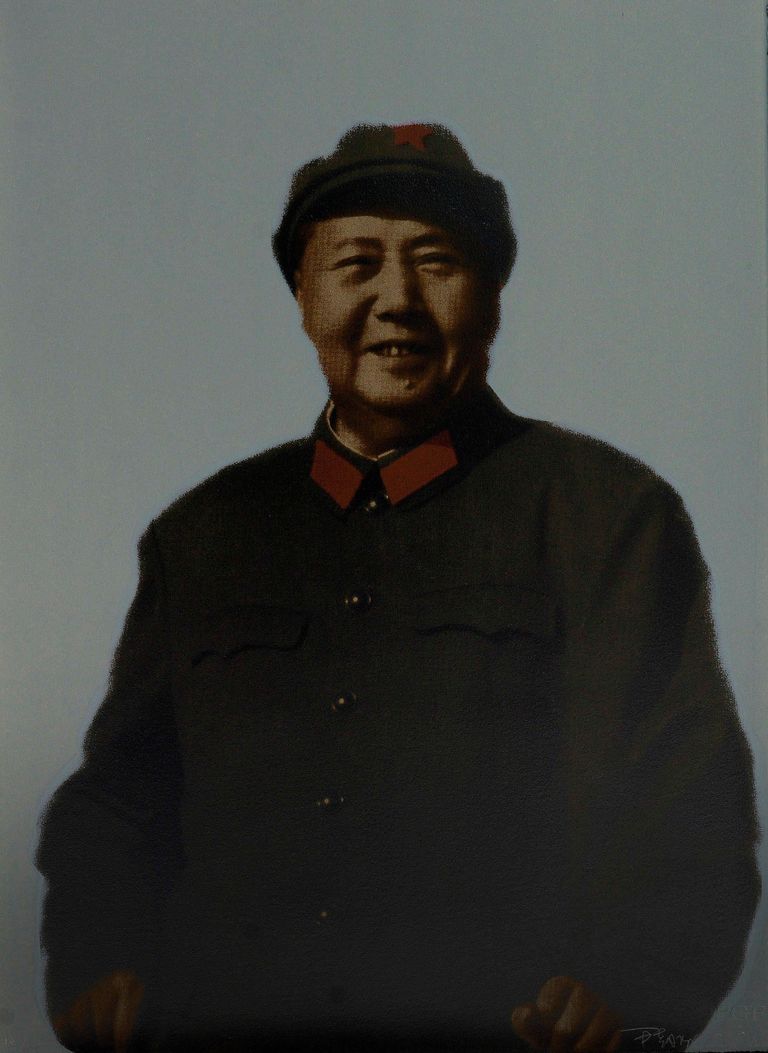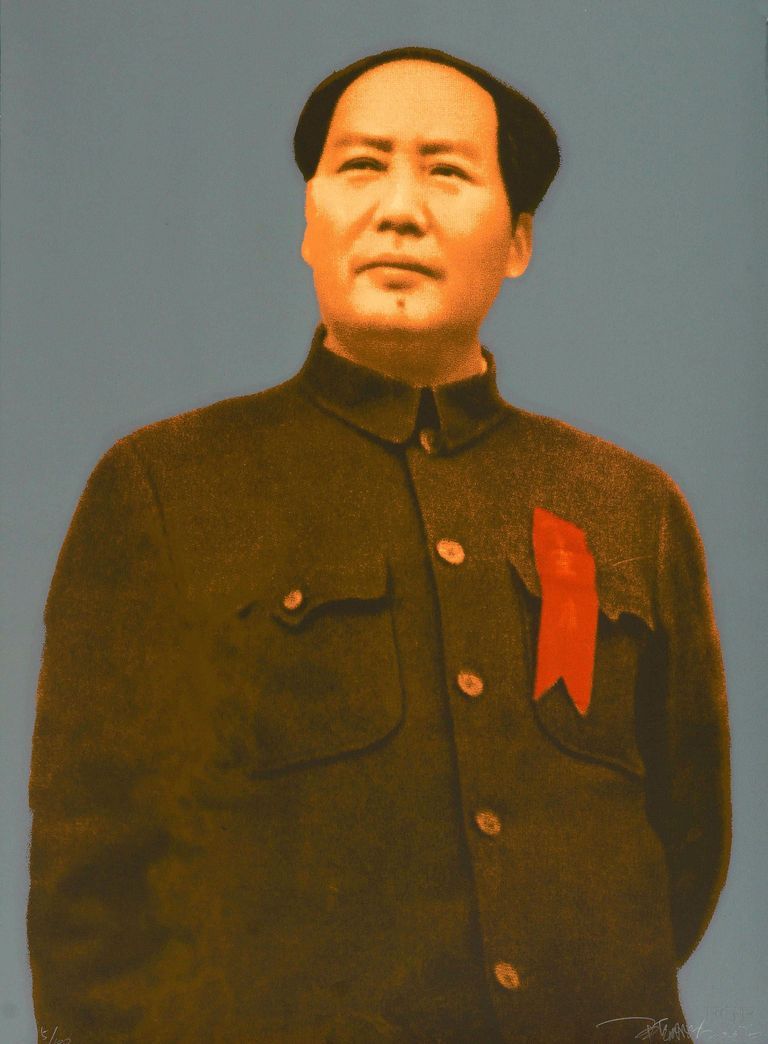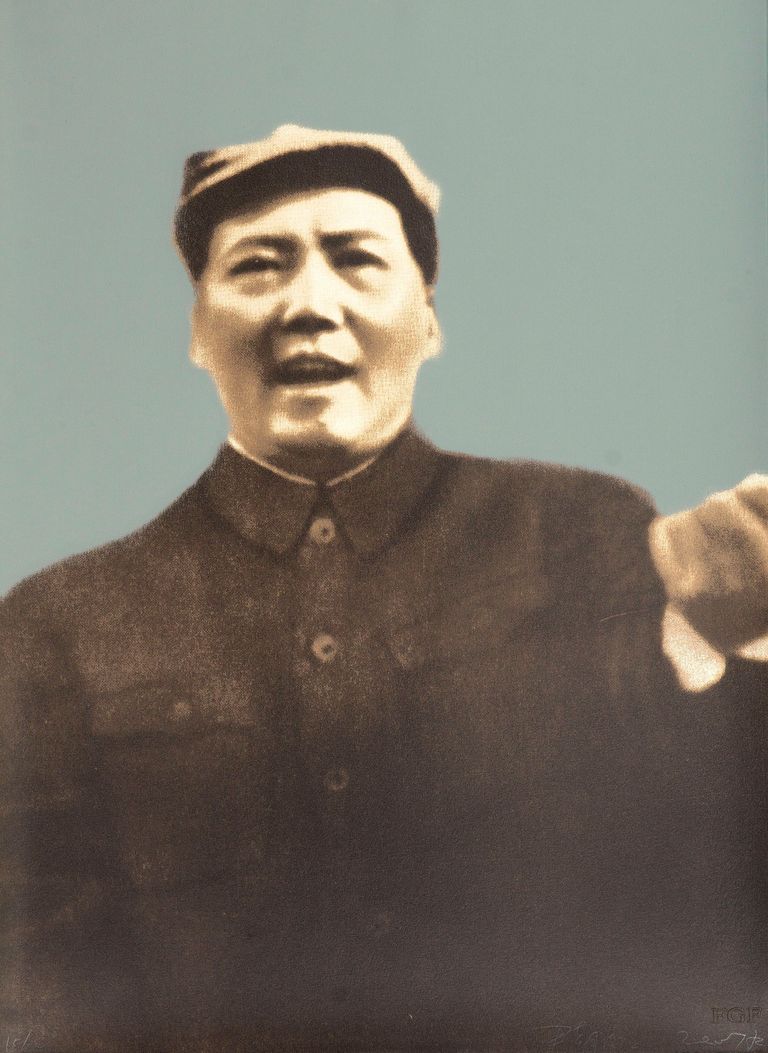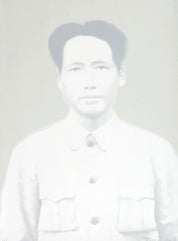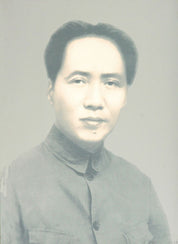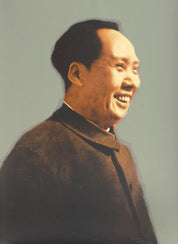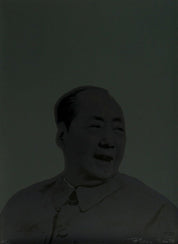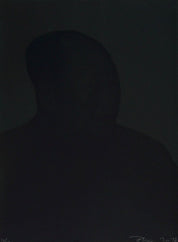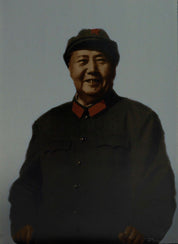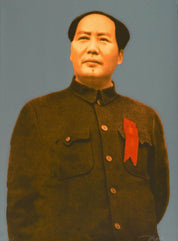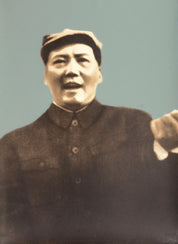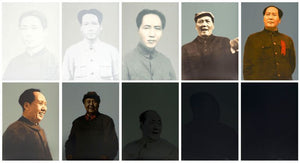Pass By (Series of 10 Prints)
Yin Zhaoyang
Artwork Details
Artwork Description
Title: Pass By (Series of 10 Prints)
Artist: Yin Zhaoyang
Date: 2007
Medium: Print on Paper (Edition 93/100)
Dimensions: 10 prints, each 29.9 × 22.0 in (76 × 56 cm)
1. Artwork Identification
Pass By is a conceptual series of 10 prints by Chinese contemporary artist Yin Zhaoyang. This work presents a sequence of increasingly shadowed portraits of Mao Zedong, progressing from vivid detail into abstraction and eventual darkness. The transition across the ten panels forms a powerful visual meditation on memory, transformation, and the erosion of political symbolism.
2. Artistic Style and Influences
Yin Zhaoyang is known for his layered conceptual approach and psychological introspection, traits evident in this series. The technique applie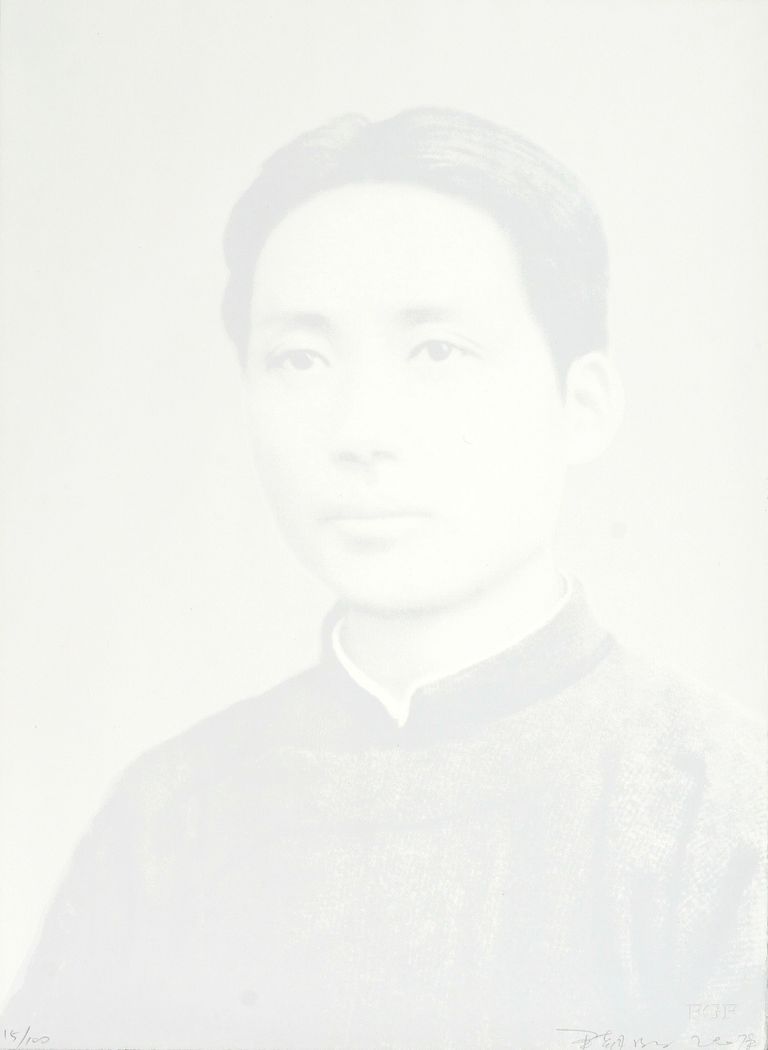 d here is rooted in pop and conceptual art traditions, echoing the strategies of appropriation and repetition used by artists like Andy Warhol, yet filtered through a deeply Chinese cultural lens. The deliberate gradation from illumination to obscurity can also be seen as a subtle engagement with historical amnesia and shifting ideologies.
d here is rooted in pop and conceptual art traditions, echoing the strategies of appropriation and repetition used by artists like Andy Warhol, yet filtered through a deeply Chinese cultural lens. The deliberate gradation from illumination to obscurity can also be seen as a subtle engagement with historical amnesia and shifting ideologies.
3. Historical Context
Emerging from the post-1989 generation of Chinese artists, Yin Zhaoyang was a central figure in the “Cruel Youth” movement. Pass By is emblematic of the 2000s shift in Chinese contemporary art from overtly political statements toward more nuanced reflections on individual memory and collective history. The image of Mao, once omnipresent, becomes here a fading icon—its transformation paralleling changing public consciousness in post-reform China.
4. Provenance
Provenance documentation can be provided upon contact.
5. Condition and Conservation
All ten prints in this edition are reported to be in very good condition. Each print maintains strong color integrity and surface stability, with no visible creases, stains, or foxing. The set is well-suited for institutional or private collection display.
6. Artistic Significance
Pass By is a deeply resonant series that encapsulates Yin Zhaoyang’s broader exploration of personal and political identity within China’s rapidly evolving society. The work challenges viewers to consider how icons are remembered—or forgotten—over time, and how cultural memory is continuously reconstructed. Its restrained visual language paired with its emotional and historical depth make it a significant contribution to the discourse of contemporary Chinese art.

